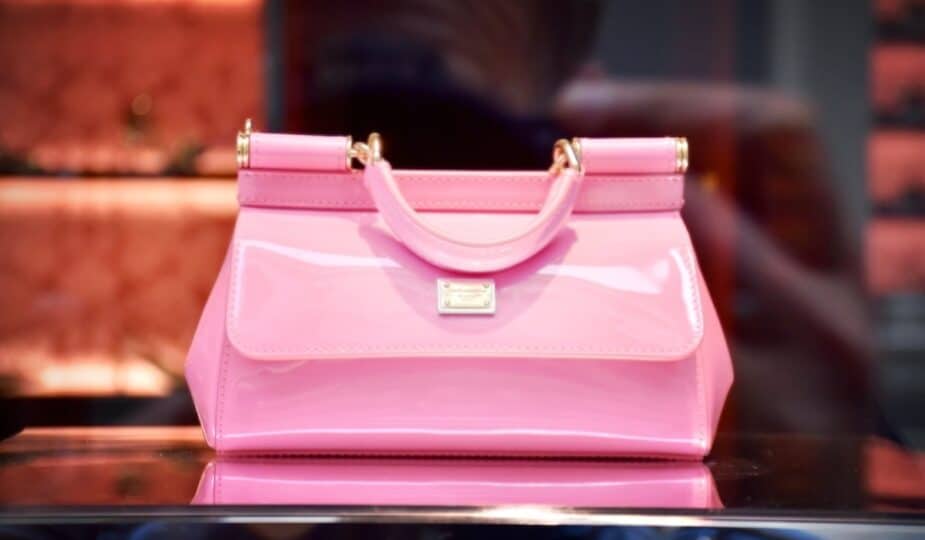The history of the handbag is woven with threads of societal change, marking the shifting roles and freedoms of women throughout the decades. Far more than a mere accessory, the handbag became a statement of independence and self-assurance, especially during periods of social and political turbulence.
It was both a practical tool and a symbol, reflecting not only the personal style of its wearer but also her values and aspirations. Through its blend of functionality and flair, the handbag emerged as a vital companion, embodying the story and spirit of the modern woman.
The Suffragette Movement in Great Britain
This significance first took shape in the late 19th century, when the Suffragette movement gained momentum in Britain. As women fought for the right to vote and pushed for social change, they needed accessories that matched their dynamic, activist lifestyles. The reticule, a small, practical pouch popular in the 19th century, began to evolve into the handbag — a symbol of the modern, independent woman on the move.
By the early 20th century, women required larger and more functional handbags to carry pamphlets, notebooks, and other essentials as they advocated for their rights. The handbag quickly became more than a tool; it was a visible sign of emancipation and a commitment to equality. Through these accessories, women conveyed that they were ready to actively participate in public life and claim their voices in society.
The 1920s: A New Era of Individuality and Independence
As society shed Victorian norms in the 1920s, so too did handbags grow in size and significance. This was an era of newfound freedoms and breaking with tradition, and women’s handbags reflected this shift.
For the first time, women were not merely consumers of fashion but active shapers of it, demanding bags that held more than just a handkerchief. Handbags in the ’20s became emblems of individuality, reflecting the "new woman" who was entering the workforce, engaging in intellectual pursuits, and embracing cultural life.
This period marked a departure from conservative norms; accessories now needed to be practical and versatile as well as beautiful. Women’s handbags evolved to keep up with the lifestyles of those who were redefining their roles and asserting their identities. It was essential to find the perfect bag for any occasion, as accessories needed to be not only aesthetically pleasing but also practical and versatile.
Merging Symbolism and Functionality in the 1960s
By the 1960s, a new wave of change washed over the fashion world, and handbags took on a deeper meaning. As women once again fought for equality, this time amid civil rights and feminist movements, handbags became both a functional accessory and a political statement. Leading women’s rights advocates and public figures carried handbags that were deliberately simple yet functional, a silent proclamation of “I am here to be taken seriously.”
During this era, designers like Chanel and Hermès created timeless bags — the Chanel 2.55 and the Hermès Kelly, for instance — that epitomized the balance between elegance and purpose. These bags not only made a style statement but also aligned with the social climate: sophistication paired with a bold assertion of autonomy.
A Look at the Present: What Do Handbags Say Today?
In today’s world, the handbag retains its symbolic richness. Modern designs express both style and empowerment, carrying forward the legacy of those who came before.
Designers understand this symbolism and often craft bags that emphasize strength, versatility, and the diversity of their wearers. Sustainability and inclusivity have also become central, with many designers mindful of creating bags that reflect both the individuality and the values of today’s women.
Whether elegant, practical, or a blend of both, the handbag remains a statement of who a woman is and how she wishes to navigate the world. It’s no longer a choice between beauty and practicality; the modern handbag embodies both, echoing the strides of women’s rights and the continuing journey toward self-expression and independence. Handbags today pay homage to the women who carried them as a statement of their agency, a legacy that lives on with every step into the future.



